Software Defined Vehicles
AEK 2025: China Sets Standards in SDV
China Speed in the Automotive Industry - How Can We Keep Up?

China is redefining the pace of development in the automotive industry. AEK 2025 shows the structures, technologies, and strategies Chinese manufacturers are using to set standards in SDV and the implications for Europe.
The speed of innovation and the willingness to quickly transfer new technologies into production are significantly higher in Asia – especially in China – than in Europe. At the Automobil-Elektronik Kongress 2025, this "China speed" was one of the central topics.
According to Maria Anhalt (Elektrobit), development in the Asia-Pacific region is faster, more experimental, and the willingness to disrupt is greater. Therefore, many developments that are predicted for the future in the West are already a reality in China.
But: What are Chinese companies doing differently and, above all, how can Europe keep up? A question that many speakers discussed at the AEK. They provided insights into automotive development in China and what we can - and must - learn from it.
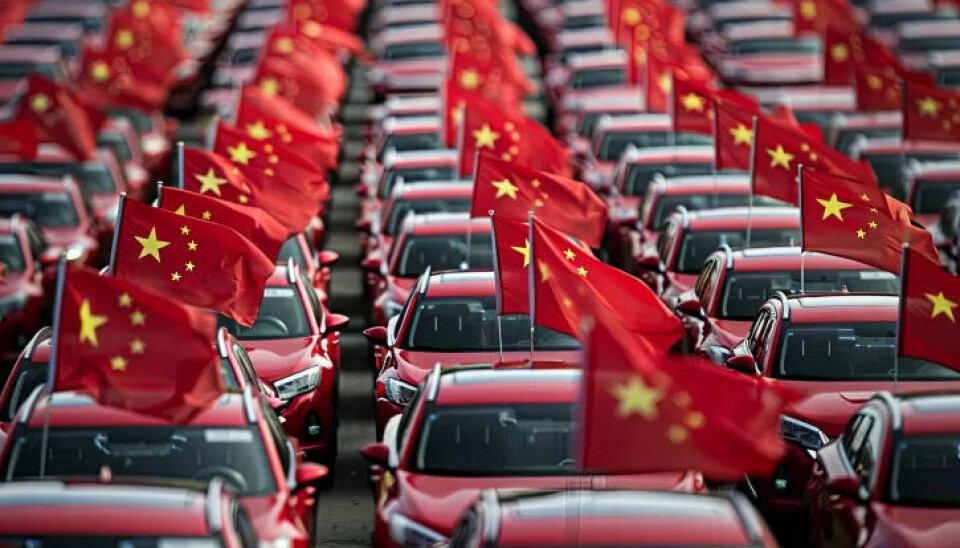
Chinese companies are on the rise
Chinese companies in the automotive sector are usually far ahead of European ones in terms of innovation speed. Maria Anhalt sees Asia as the innovation engine of the SDV world due to risk-taking, short cycles, and full user focus. Europe and the USA, on the other hand, are more hesitant, strongly focused on drivers, and have longer development cycles. Therefore, global technology transformations are taking place in specific markets like China: Of the approximately 20 million Level 2 and 3 vehicles expected to be on the road by 2030, 50% will be in China, while Europe and America will each account for only 25%. And Chinese companies are already developing autonomous driving functions beyond Level 3.
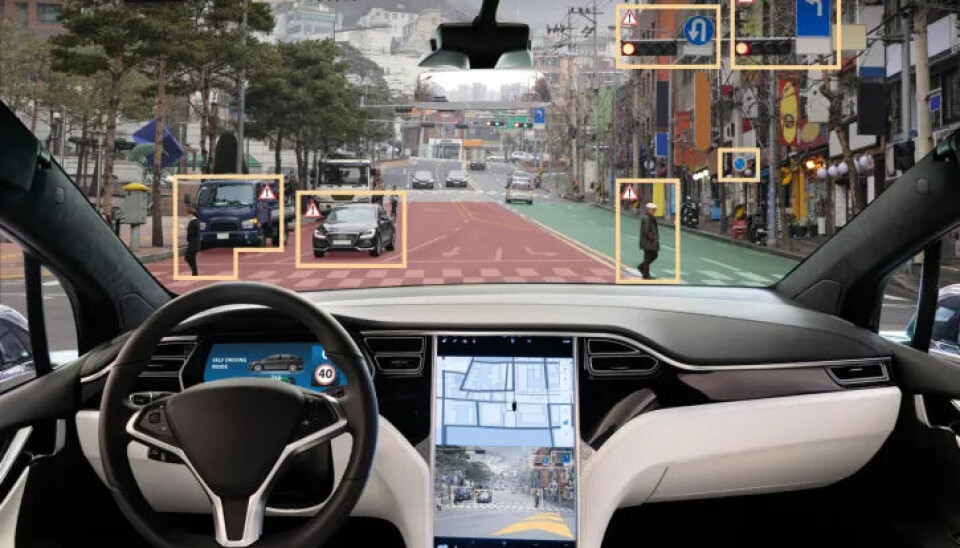
To keep up here, Anhalt advises a modular SDV strategy: Only develop what brings differentiation - better to buy everything else. A success factor is a clearly defined software architecture with backward-compatible separation of software and hardware. Using Sony as an example, around 30% effort was saved through a flexible layer architecture and partner changes along the supply chain.
How quickly and decisively China is advancing the development around automated driving is shown, for example, by Horizon Robotics. The company pursues a holistic approach with self-developed automotive SoCs, transformer-based software, and a focus on cost reduction and scalability. By the end of 2025, over 10 million vehicles with Horizon technology are expected to be on China's roads.
Armin Prommersberger, CTO at Harman, called for more courage for user-centricity, shorter development cycles, and empathetic vehicle software at the Automobil-Elektronik Kongress 2025: "We probably no longer build machines - we build robots."
Another example of the speed of innovation in China is Geely, a leading volume manufacturer with over 200,000 vehicles sold per month in a highly competitive market. Geely's TS3 architecture is used in over 50 vehicle models and enables a development time for new vehicles of less than ten months. Over 12,000 software developers at Geely are working on an in-house software stack (Geely OS Middleware).
Shorter Development Time through China Speed
These are just two examples of the "China speed and acceleration" that Ricky Hudi (FMT) talks about at the AEK. The speed of development of Level 2+ and Level 2++ systems has particularly accelerated here. To keep up with the pace of innovation in China, European and US car manufacturers need to shorten development time by 1000 days (!), according to Dr. Salil Raje (AMD).
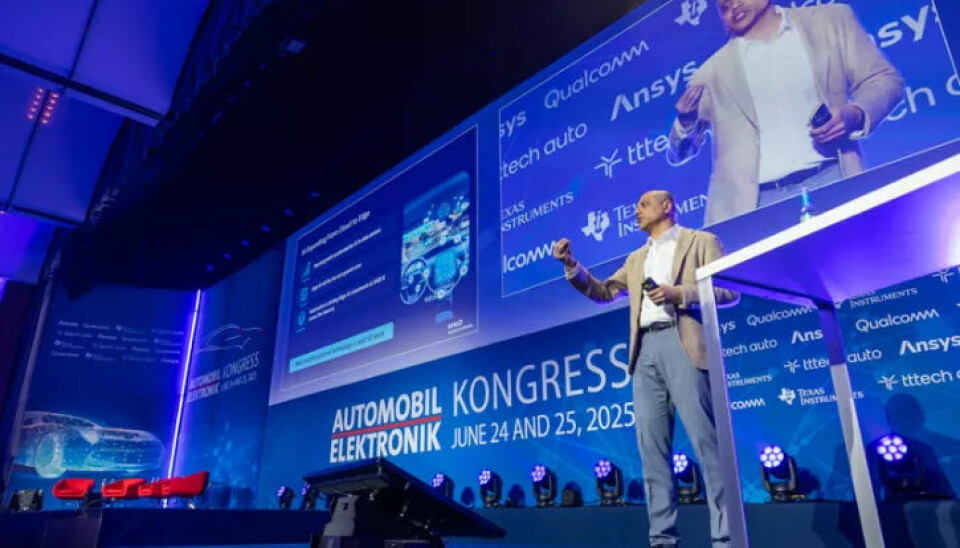
Chinese OEMs are already talking about models for 2028, while European and US OEMs are still considering 2030 models.
AMD is addressing this with an adaptive and heterogeneous compute approach that can flexibly respond to different requirements in the vehicle (from ADAS to infotainment). With their open toolchain, strong edge performance, and chiplet technology, AMD sees itself well-positioned to help shape the transformation to the software-defined vehicle from the cloud to the road.
The automotive industry in Europe needs to fundamentally rethink and introduce significantly shorter innovation cycles to keep up with China, says Armin Prommersberger (Harmann). For consumer electronics, 12-month cycles are the norm in China, which from a Chinese perspective is already a long time.
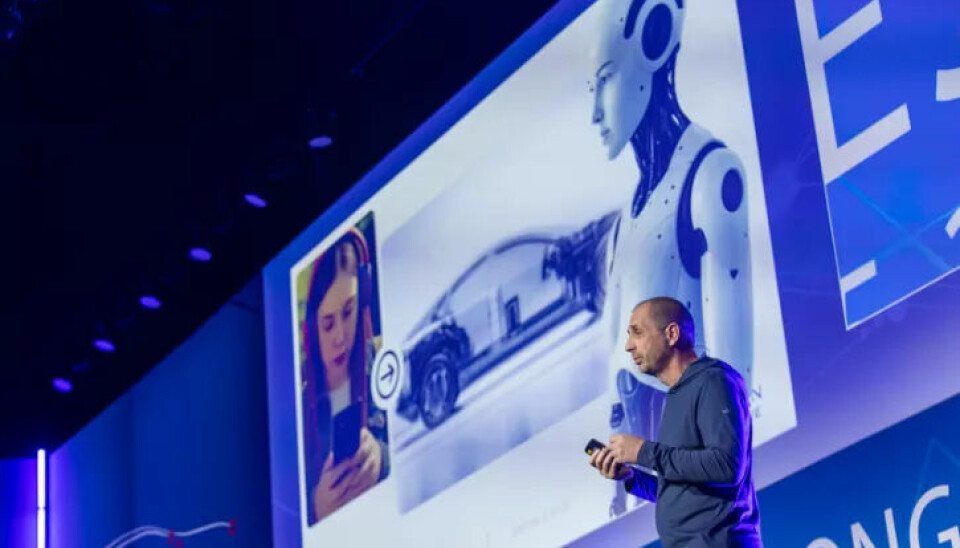
Meeting China's Demands
SDVs in China have to cope with complex traffic situations, such as in Shanghai with scooters and overloaded trucks. Dr Liming Chen (Horizon Robotics) emphasised how quickly and decisively China is advancing the development of automated driving and that Urban NOA (Navigation on Autopilot) is on the verge of a breakthrough here.
In a live demo video, Horizon showcased a system navigating the dense urban traffic of Shanghai using eleven cameras, cost-effective sensors, and production-ready software. However, there are still some challenges for Urban NOA to overcome, such as systems being too conservative or too aggressive, limited application areas, and high costs.
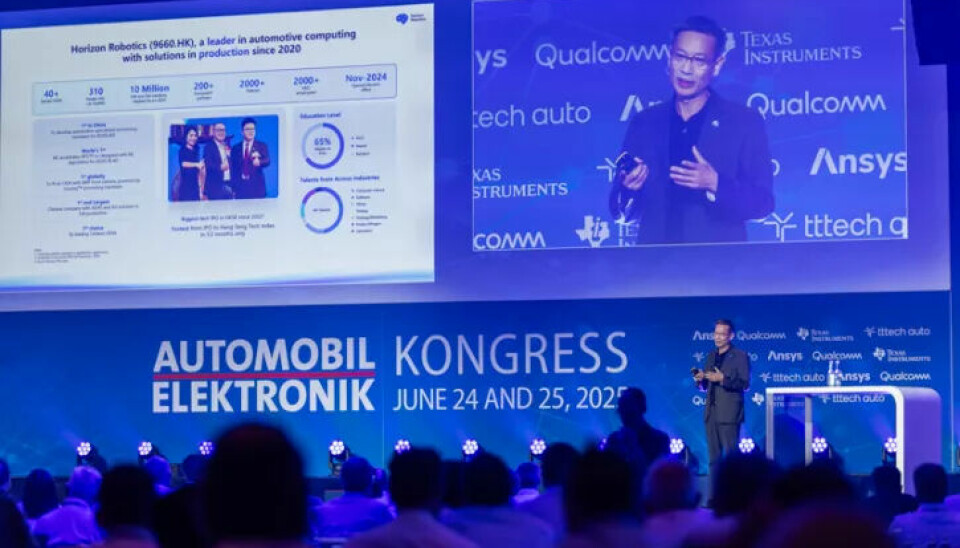
Other companies are also adapting to China's demands and requirements. BMW is making specific adjustments in the Chinese market, similar to Korea. Therefore, BMW uses a completely different ecosystem and partners in China, such as Huawei as the app store, Banbar as the voice provider, and Amax as the navigation provider, based on the same global platform. The company has software hubs in China, where 70% of the software on the application side for the infotainment environment is developed.
Bosch and Cariad also have a strategy for the Chinese domestic market, which is set to evolve over time, possibly through the use of Chinese software for Chinese customers.
User experience is the focus in China
While international OEMs focus on the driving experience, in Asia (particularly China) the focus is also on the passenger experience and transforming the vehicle into a "third living space." According to Dr. Liming Chen (Horizon Robotics), Chinese consumers are technology-savvy and demand rapid innovations, while intense competition drives tech companies and OEMs to quickly bring new products to market. Chinese vehicles, like those from Huawei or Geely, have screens throughout the car.
Other companies are also responding to the demands of their Chinese customers. BMW has introduced a DeepSeek integration as a language model in the intelligent personal assistant specifically for them - from China for China, and in just a few months. AMD offers an "AI Box" solution for the Chinese market, enabling generative AI models in already produced vehicles, as the existing infotainment solution is not powerful enough. This AI Box uses GPUs to easily integrate models from the cloud.

Conclusion on China Speed at the AEK 2025
To keep up with China, the industry in Europe must learn how to close the gap with Chinese players, who are already years ahead in the large-scale development of centralised E/E architectures and OTA-SDV platforms.
Armin Prommersberger used a striking image for this: The industry in Europe must decide whether it wants to act like a fast, adaptable cheetah in the future - or like a sluggish elephant struggling with its own weight.
Only those who consistently combine consumer mentality, agile product development, and system integration will successfully transform.
This article was first published at all-electronics.de

